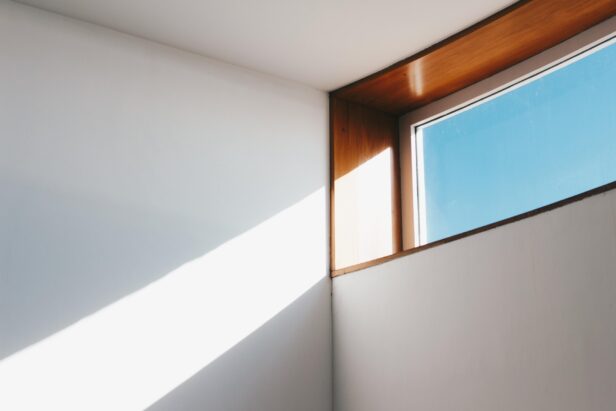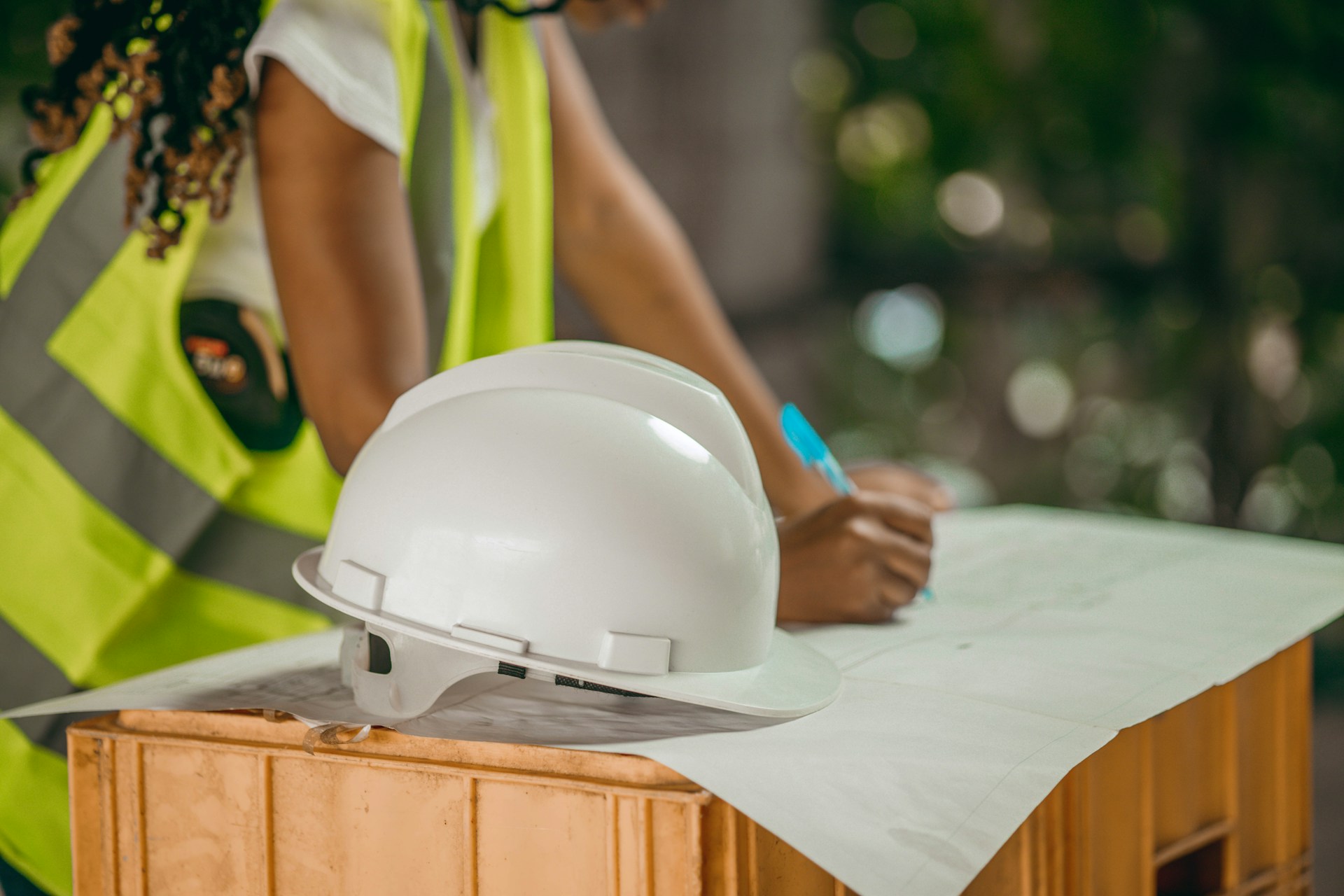As general contractors serving developers and property owners, we at EB3 Construction understand that energy efficiency has become a critical priority in commercial real estate. Energy-efficient windows are among the most effective ways to reduce costs and enhance a building’s overall performance. We have seen firsthand how the right windows can significantly minimize heat transfer and solar gain, creating more stable indoor environments while reducing the load on HVAC systems.
When selecting windows for commercial projects, we focus on understanding key performance metrics and the latest available technologies. This allows us to identify solutions that deliver significant energy savings and enhanced occupant comfort over the long term. Whether for new construction or retrofits, choosing optimal energy-efficient windows requires carefully evaluating factors like insulation, coatings, and glazing systems.
In our experience, the upfront investment in high-performance commercial windows pays dividends through lower energy consumption, reduced operational costs, and improved building value. As we guide clients through the selection process, we emphasize how energy-efficient windows contribute to both immediate savings and long-term sustainability goals.
What Are the Key Performance Ratings to Consider?
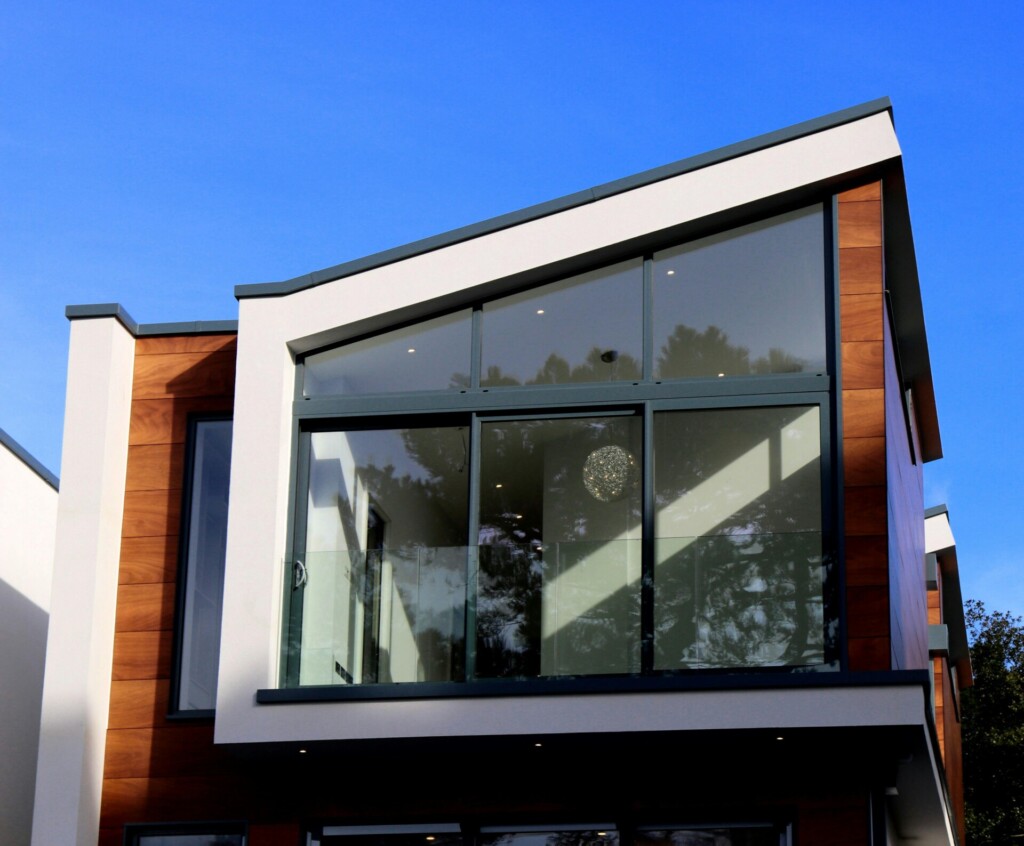
When evaluating commercial windows for energy efficiency and performance, several standardized ratings are carefully assessed. These key metrics, certified by the National Fenestration Rating Council (NFRC), provide an objective way to compare different window options:
U-Factor
U-factor measures how well a window prevents heat from escaping. A lower U-factor indicates superior insulation properties. For optimal thermal performance in commercial buildings, windows with a U-factor of 0.30 or lower are typically recommended. This rating is particularly important in colder climates where heat retention is crucial.
Solar Heat Gain Coefficient (SHGC)
SHGC quantifies the amount of solar radiation passing through the window, impacting cooling loads. In warmer climates or for south-facing windows, a lower SHGC (0.40 or below) is often advised to minimize unwanted heat gain. However, in cooler regions, a slightly higher SHGC may be beneficial for passive solar heating.
Visible Transmittance (VT)
VT measures the amount of visible light passing through the window. Higher VT values (typically 0.5 or above) allow more natural daylight into the space, potentially reducing the dependency on artificial lighting. This metric is balanced with SHGC to optimize both daylighting and thermal performance.
Air Leakage (AL)
The AL rating indicates the volume of air that can infiltrate through the window assembly. Lower values signify better airtightness. For commercial applications, windows with an AL rating of 0.3 or lower are recommended to enhance overall building envelope performance and energy efficiency.
When selecting windows for your project, these ratings are carefully analyzed in the context of your specific building requirements, local climate conditions, and energy code compliance. The NFRC label provides a standardized format for these performance metrics, facilitating straightforward comparisons between different window products.
| Performance Metric | Recommended Value | Description |
|---|---|---|
| U-Factor | 0.30 or lower | Measures how well a window prevents heat from escaping; lower values indicate better insulation. |
| Solar Heat Gain Coefficient (SHGC) | 0.40 or below | Quantifies the amount of solar radiation passing through the window; lower values help reduce cooling loads. |
| Visible Transmittance (VT) | 0.5 or above | Measures the amount of visible light passing through the window, aiding in natural daylighting. |
| Air Leakage (AL) | 0.3 or lower | Indicates the volume of air infiltration through the window; lower values ensure better airtightness. |
By prioritizing windows with optimal ratings across these categories, building energy efficiency, occupant comfort, and long-term operational costs can significantly improve. Our team works closely with manufacturers and suppliers to source windows that meet or exceed these performance benchmarks, also considering factors such as durability, aesthetics, and budget constraints.
What Window Materials and Technologies Maximize Energy Efficiency?
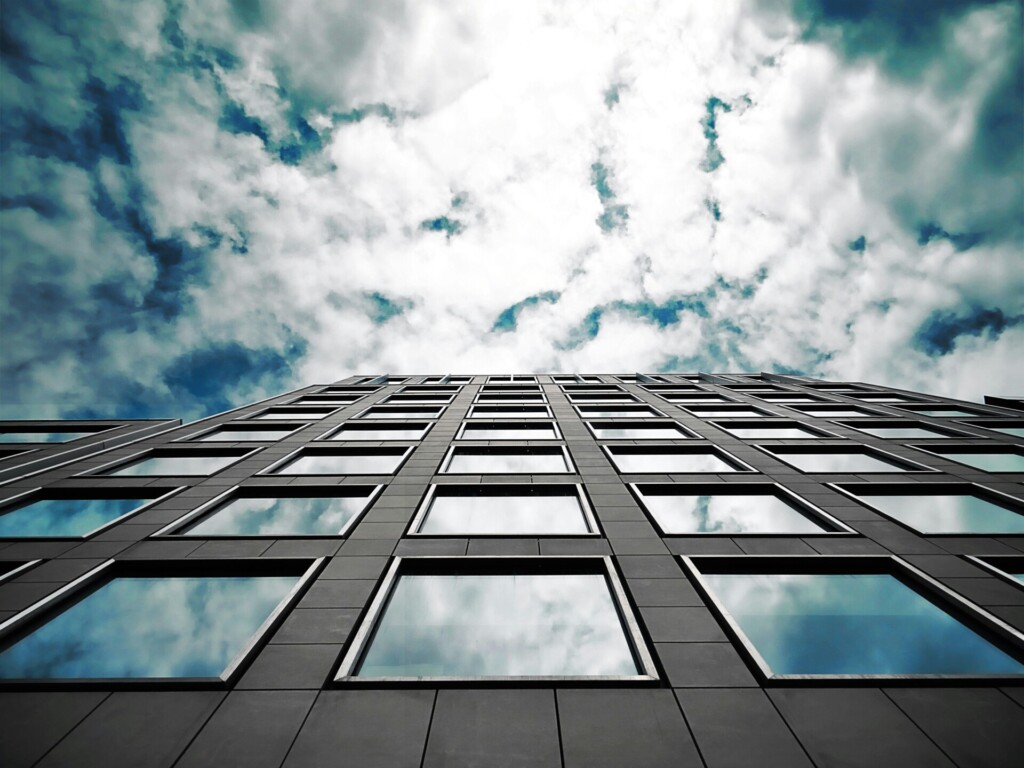
At EB3 Construction, we focus on providing energy-efficient window solutions that offer tangible benefits for developers and property owners. Our approach emphasizes the integration of advanced materials and technologies to create windows that significantly reduce energy costs while enhancing comfort.
Low-emissivity (low-E) coatings are essential for modern energy-efficient windows. These microscopically thin, virtually invisible metal or metallic oxide layers are applied to the glass surface, greatly improving insulation without affecting visibility. Low-E coatings work by reflecting heat back to its source, keeping interiors warmer in winter and cooler in summer. This technology is particularly effective in commercial buildings, where it can significantly reduce heating and cooling loads.
For projects requiring dynamic solar control, we often recommend electrochromic or ‘smart’ glass. This innovative technology allows windows to change tint in response to electrical signals, providing unparalleled control over solar heat gain and glare. By adjusting tint levels based on sunlight intensity and indoor temperature requirements, smart glass can significantly reduce energy consumption for climate control while maintaining optimal natural light levels.
The choice of frame material is crucial to a window’s overall energy performance. We typically recommend vinyl, fiberglass, or thermally broken aluminum frames for their superior insulation properties. These materials create a more effective barrier against heat transfer compared to traditional metal frames, contributing to better overall window performance.
In many applications, we utilize multi-pane window configurations to maximize energy efficiency. Double or triple-pane windows with inert gas fills between the panes—typically argon or krypton—provide excellent insulation by reducing heat transfer. The gas fill acts as an additional barrier, significantly improving the window’s U-factor and overall thermal performance.
When specifying windows for a project, we carefully consider the climate, building orientation, and specific energy performance goals to select the optimal combination of these technologies. By integrating advanced glazing, frame materials, and insulating techniques, we ensure the windows we install not only meet but often exceed energy efficiency standards, resulting in long-term cost savings and improved building performance for our clients.
As general contractors, we understand that the effectiveness of these technologies depends greatly on proper installation. Our experienced teams ensure that each window is correctly fitted and sealed, maximizing its energy-saving potential and contributing to the overall efficiency of the building envelope.
How Do Double-Pane and Triple-Pane Windows Compare for Commercial Use?
Triple-pane windows feature three glass panes with two insulating gas fills, providing superior energy efficiency compared to double-pane options. These windows are particularly beneficial for buildings in extreme climates or with high energy demands. The additional glass layer and gas-filled spaces create a more effective thermal barrier, helping maintain consistent indoor temperatures and reduce HVAC loads.
A cost-benefit analysis is essential when choosing between double and triple-pane windows for commercial applications. While triple-pane windows offer enhanced performance, they come with a higher upfront cost. Depending on your building’s location, orientation, and efficiency goals, high-performance double-pane windows with low-E coatings and insulating gas fills may provide sufficient energy efficiency at a lower price point.
Several factors should influence the decision between double and triple-pane windows:
- Climate requirements: Buildings in regions with extreme temperatures or large seasonal variations may benefit more from triple-pane windows.
- Energy costs: Areas with high electricity or heating fuel prices could see faster returns on the investment in triple-pane windows.
- Long-term goals: If pursuing net-zero energy or stringent green building certifications, triple-pane windows may be necessary to meet performance targets.
- Budget constraints: The initial cost premium for triple-pane windows must be weighed against projected energy savings and any available incentives.
- Comfort priorities: Triple-pane windows offer superior noise reduction and more consistent temperatures, which may be valuable for certain commercial spaces.
Ultimately, there is no universal answer when it comes to choosing between double and triple-pane windows for commercial use. The optimal choice depends on a building’s specific circumstances, climate considerations, and long-term objectives. Consulting with energy modeling experts and window manufacturers can help determine the most cost-effective and performance-appropriate option for a given commercial project.
What Business Benefits Do Energy-Efficient Commercial Windows Provide?
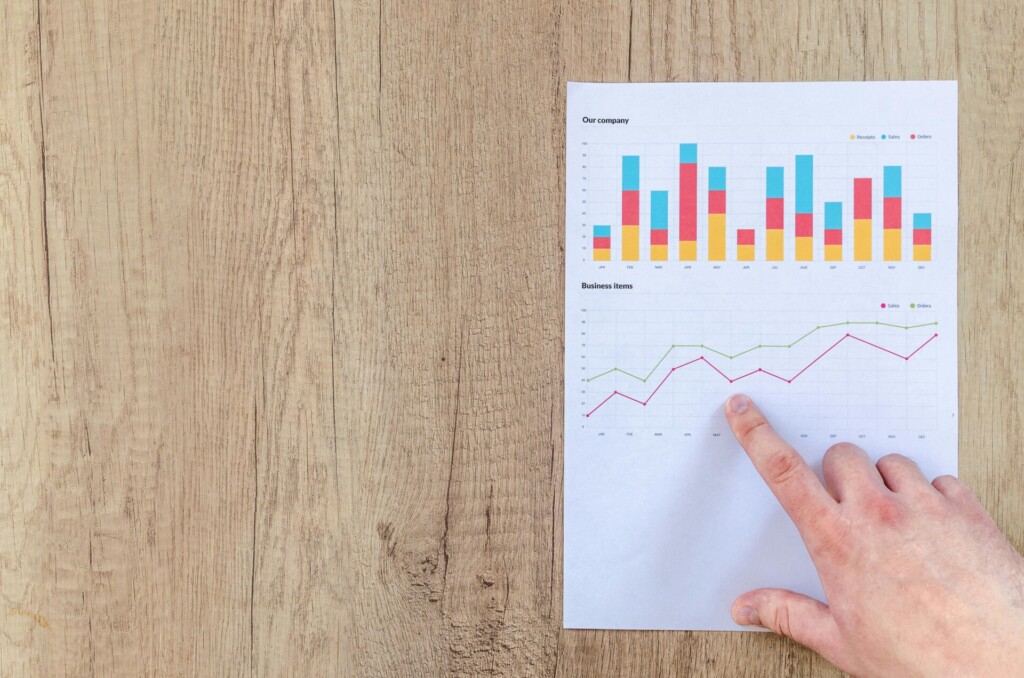
As general contractors, we have witnessed firsthand the substantial business advantages that energy-efficient windows offer to commercial property owners and developers. These benefits reach beyond basic functionality, providing a compelling return on investment.
Lower utility costs are often the most immediate and tangible advantage. By significantly reducing heating, cooling, and lighting demands, energy-efficient windows can drastically cut a building’s energy consumption. This directly translates to reduced operating expenses, a key consideration for property managers aiming to optimize their bottom line.
Enhancing property values is another significant benefit. According to Energy Star data, buildings emphasizing energy efficiency may see value increases of 2-8%. In the competitive real estate market, where sustainability is highly valued, this enhanced market position is crucial when the time comes to sell or refinance.
We’ve also observed that energy-efficient windows play a critical role in tenant retention and attraction. Modern businesses increasingly prioritize sustainable, comfortable workspaces that align with their corporate values. By providing spaces equipped with high-performance windows, property owners can meet this demand, potentially commanding premium rents.
The reduced carbon footprint associated with energy-efficient windows is significant as well. As climate concerns continue to intensify, demonstrating environmental responsibility is becoming a business imperative. Energy-efficient windows serve as a visible commitment to sustainability, enhancing a property’s reputation and appeal to environmentally conscious tenants and investors.
In evaluating window options for clients, we consider the holistic return on investment. While the initial costs may be higher, the long-term benefits—such as reduced operating costs, increased property value, improved tenant satisfaction, and enhanced sustainability credentials—make energy-efficient windows a wise business decision for forward-thinking commercial property owners and managers.
| Business Benefit | Details |
|---|---|
| Lower Utility Costs | Reducing heating, cooling, and lighting demands, thereby slashing energy consumption and operating expenses. |
| Increase in Property Values | Energy-efficient buildings can see value increases of 2-8%. |
| Tenant Retention and Attraction | High-performance windows align with corporate values of sustainability, potentially commanding premium rents. |
| Reduced Carbon Footprint | Demonstrates environmental responsibility, appealing to environmentally conscious tenants and investors. |
Conclusion: Making the Right Selection for Your Commercial Building
Selecting energy-efficient windows for commercial buildings involves carefully considering multiple factors to find the optimal solution. Performance ratings like U-factor and solar heat gain coefficient (SHGC) must align with the building’s location and climate. Advanced technologies, such as low-emissivity coatings and electrochromic glass, offer enhanced performance, but their cost-effectiveness should be evaluated. The ideal windows will ultimately balance upfront costs with long-term energy savings and increased property value.
Working with qualified professionals is crucial to understanding the complexities of commercial window selection. Experienced consultants can conduct energy modeling to forecast potential savings and assist building owners in making informed decisions. They also ensure proper installation and integration with other building systems to optimize real-world performance.
Although the process may seem daunting, investing time in window selection pays off for years to come. Energy-efficient windows not only reduce utility costs but also enhance occupant comfort, improve productivity, and demonstrate a commitment to sustainability. As energy codes continue to evolve and tenants increasingly prioritize green buildings, making the right window choice today positions your property for long-term success.
We encouraged you to take the next step in optimizing your building’s performance through smart window selection. Contact EB3 Construction to discuss your commercial window needs and how we can help achieve your energy efficiency goals.

